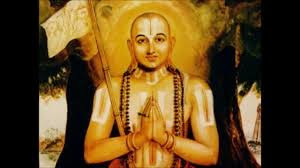APPROACHING THE GURU : 3-2.

3. HOW THE DIVINE LIFE SOCIETY WAS BORN-2. He would go to every Mahatma living around him, fetch them water from the Ganges, attend to their needs and serve them to their satisfaction without their asking. I have seen Sri Swamiji doing the very same thing even while at Swargashram (i.e., from 1930 onwards when I first met him). On one occasion when I stepped into his Kutia (hermitage) to attend to his need, I remember Sri Swamiji asking me to serve all other Mahatmas living, washing their clothes, sweeping their kutias and so on. On another occasion, he told me that I should always look out for opportunities to serve others in any capacity. He would insist on keeping a small handkerchief in our pockets so that we might clean the shoes of the Mahatmas and Yatris while they were at Satsang, without their knowledge. Such is his zeal and enthusiasm for serving the Virat Swaroopa (cosmic manifestation) of the Lord. As he put into action his love for service in the year 1























